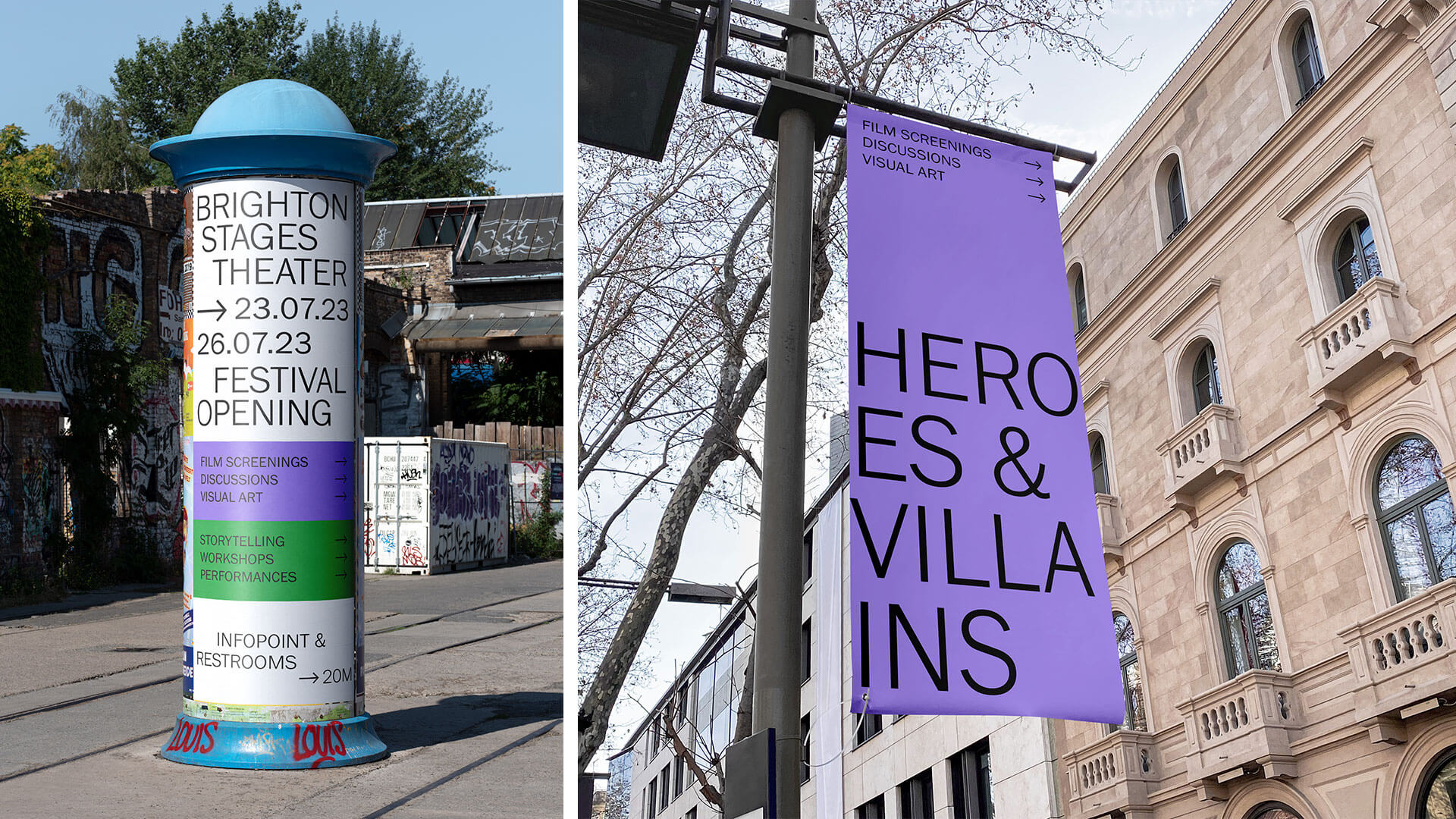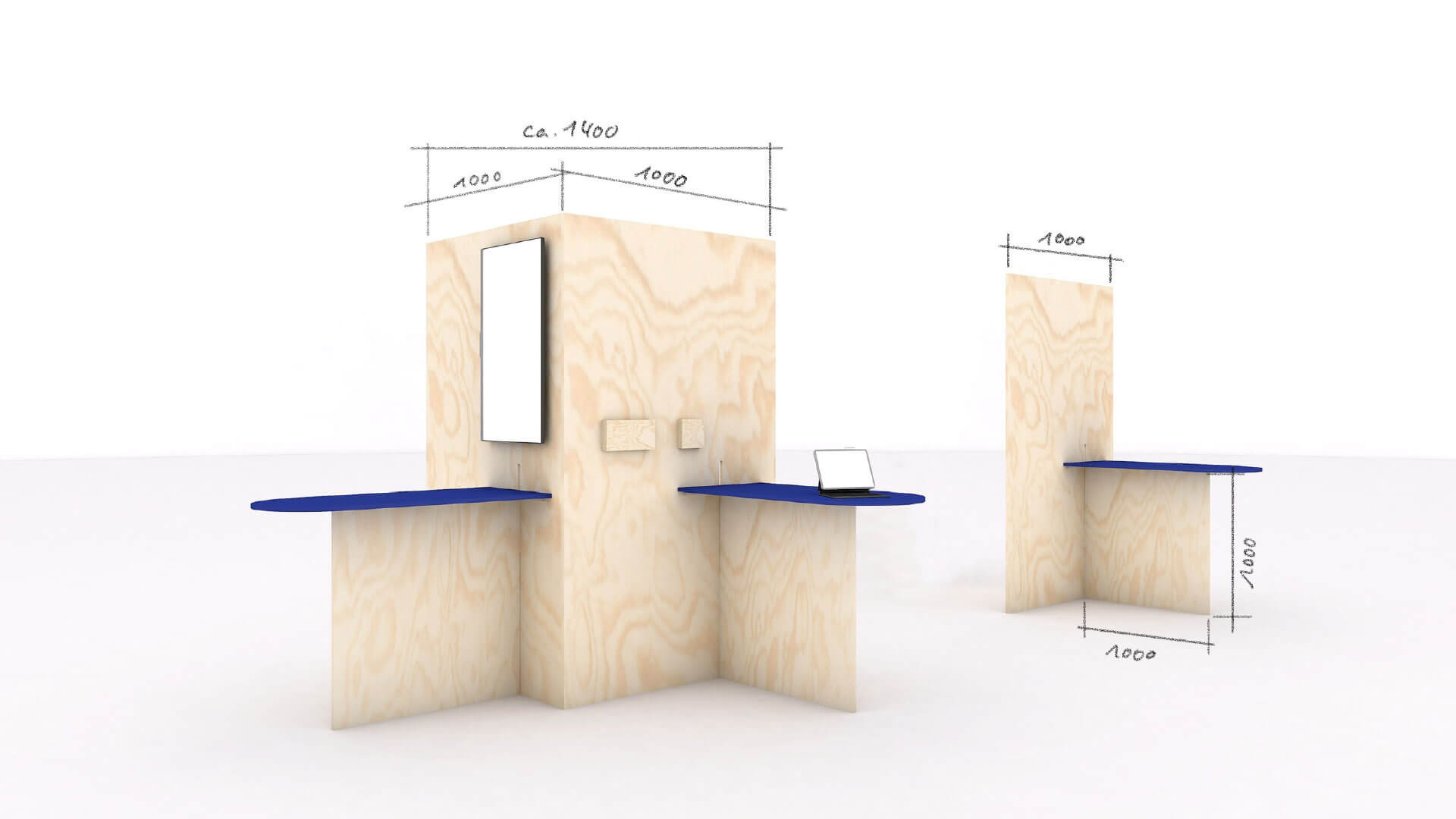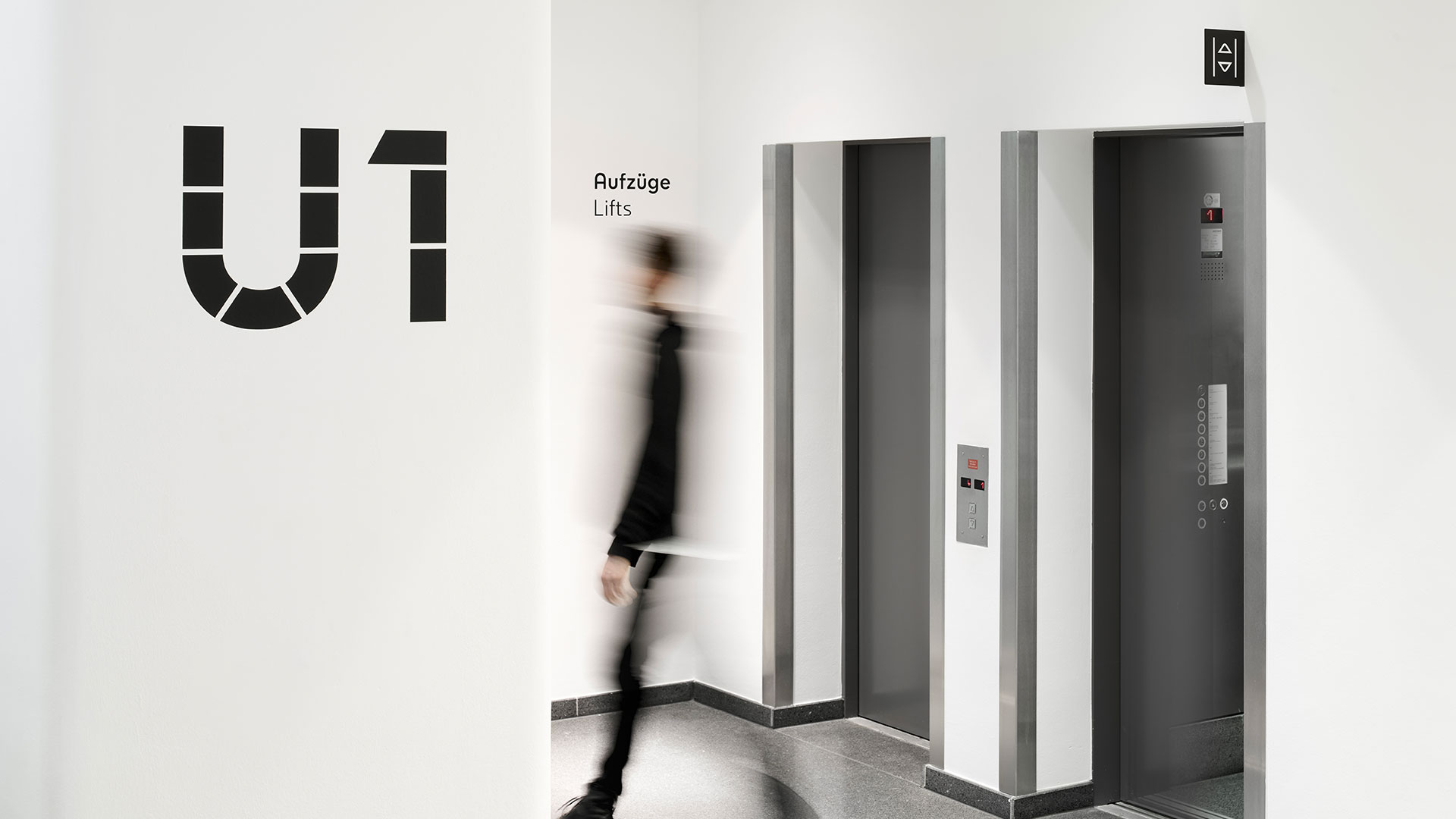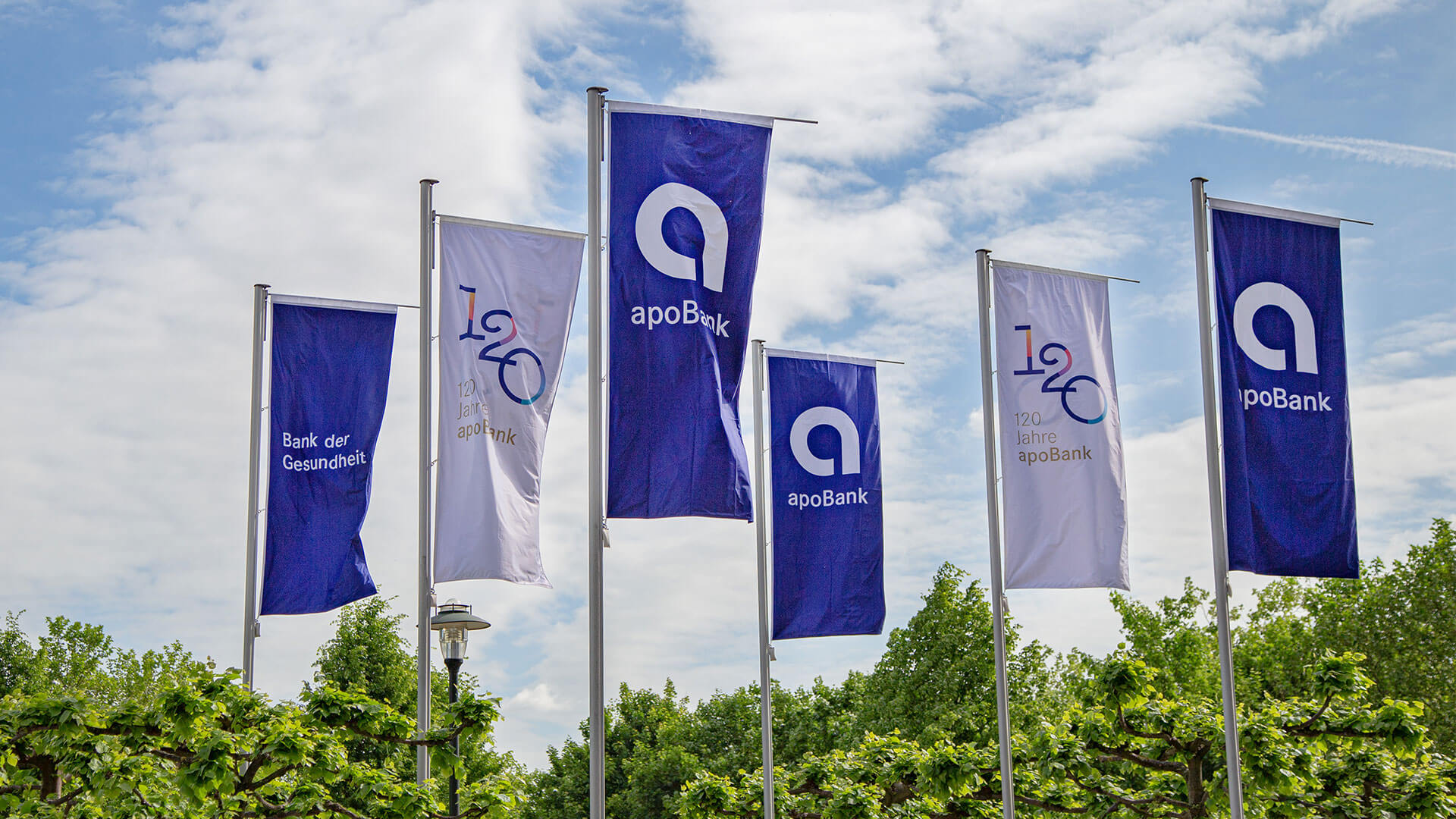Creating a perfectly balanced wayfinding strategy by aligning orientation, infortmation and experience.
Creating a perfectly balanced wayfinding strategy by aligning orientation, infortmation and experience.
Creating a perfectly balanced wayfinding strategy by aligning orientation, infortmation and experience.
Creating a perfectly balanced wayfinding strategy by aligning orientation, infortmation and experience.
Creating a perfectly balanced wayfinding strategy by aligning orientation, infortmation and experience.
Our Services:
Research & Strategy
→ User flow modelling
→ Usability research
→ Data analytics
→ User surveys
→ Location auditing
→ Focus groups
→ Wayfinding strategy
→ System architecture
→ Naming strategy
→ Cost modelling
→ Long-term vision
Planning & Design
→ Stakeholder engagement
→ Public engagement
→ Communication campaigns
→ Implementation roadmaps
→ Location survey and planning
→ Pre-studies
→ Content authoring
→ Information design
→ Environmental graphic design
→ Mapping design & cartography
→ Experience design
→ Digital design
→ Inclusive & accessible design
→ BIM, Revit and 3D visualisation
→ Implementation planning
Implementation & Documentation
→ Content schedules
→ Artworking
→ Artwork production training
→ Standards documentation
→ Digital implementation
→ Mapping systems management
→ Management Services
→ Sign production and on-site QC
→ Post-installation evaluation
Analyse, interview, participate, create,improve, finalize.
The creation of barrier-free guidance systems is of great importance to enable all users to participate equally in public spaces and buildings. When developing guidance systems, it is therefore important to be guided by the applicable DIN standards as well as scientific findings in order to ensure the highest possible user-friendliness.
The DIN standards describe, among other things, the requirements for the visual, tactile and acoustic design of guidance systems. Here, for example, the color contrasts, font size and placement of signs must be taken into account to ensure the best possible perception by all user groups.
DIN standards and scientific findings should be taken into account when creating accessible guidance systems. For example, DIN standard 32975 specifies the requirements that a barrier-free guidance system must meet. Among other things, the legibility of the lettering, the contrast and coloring, the size of the symbols and the arrangement of the elements are taken into account.







